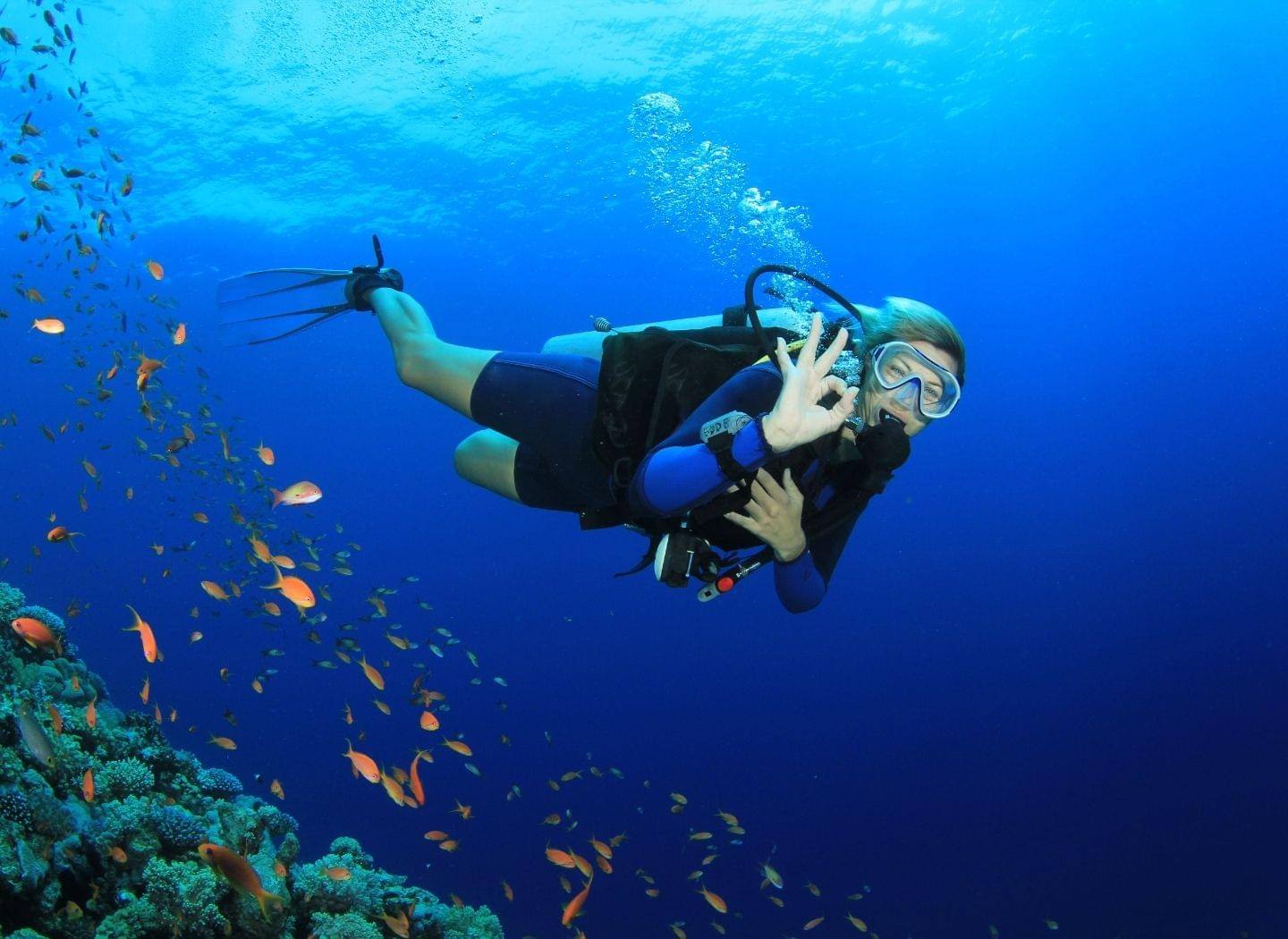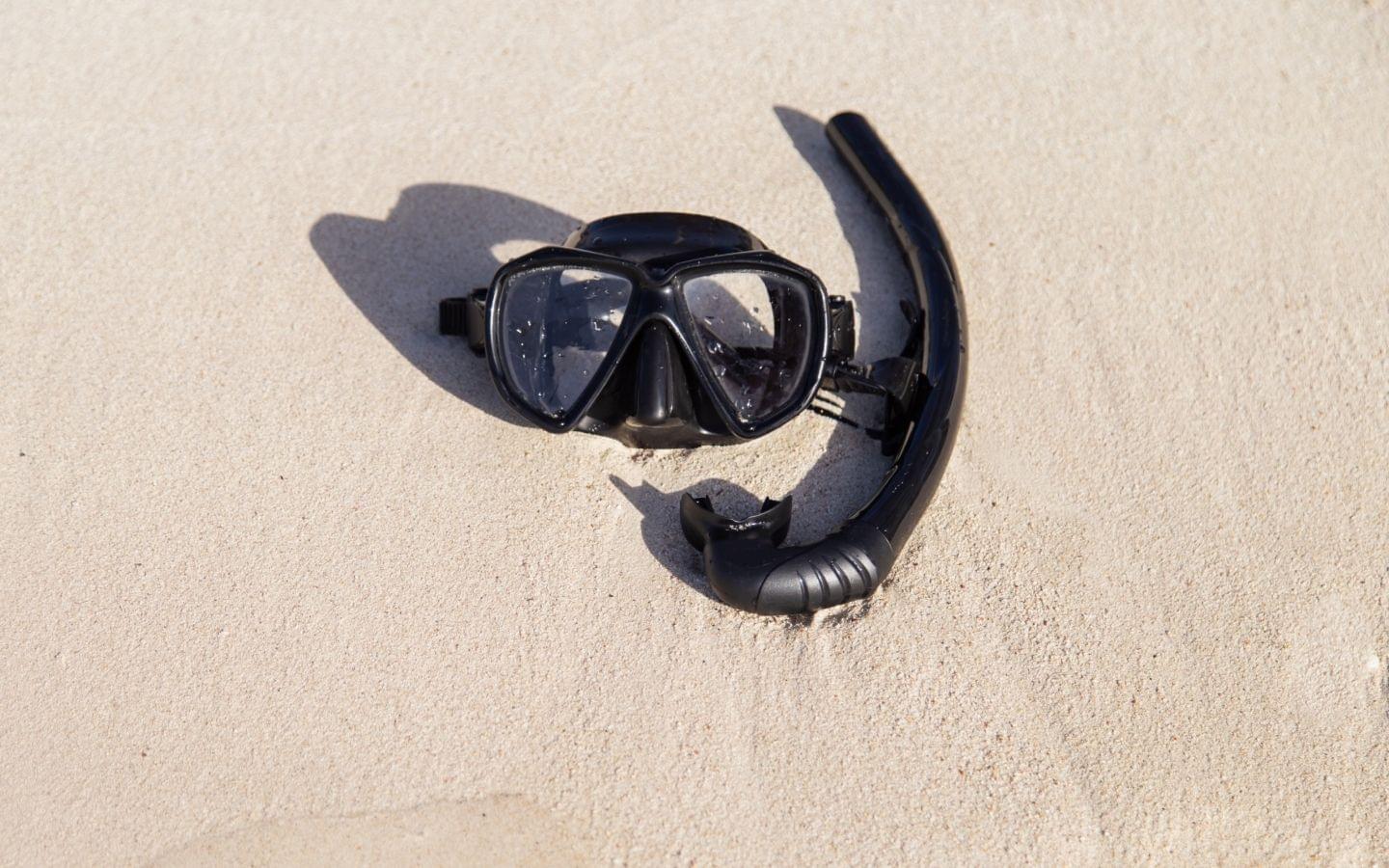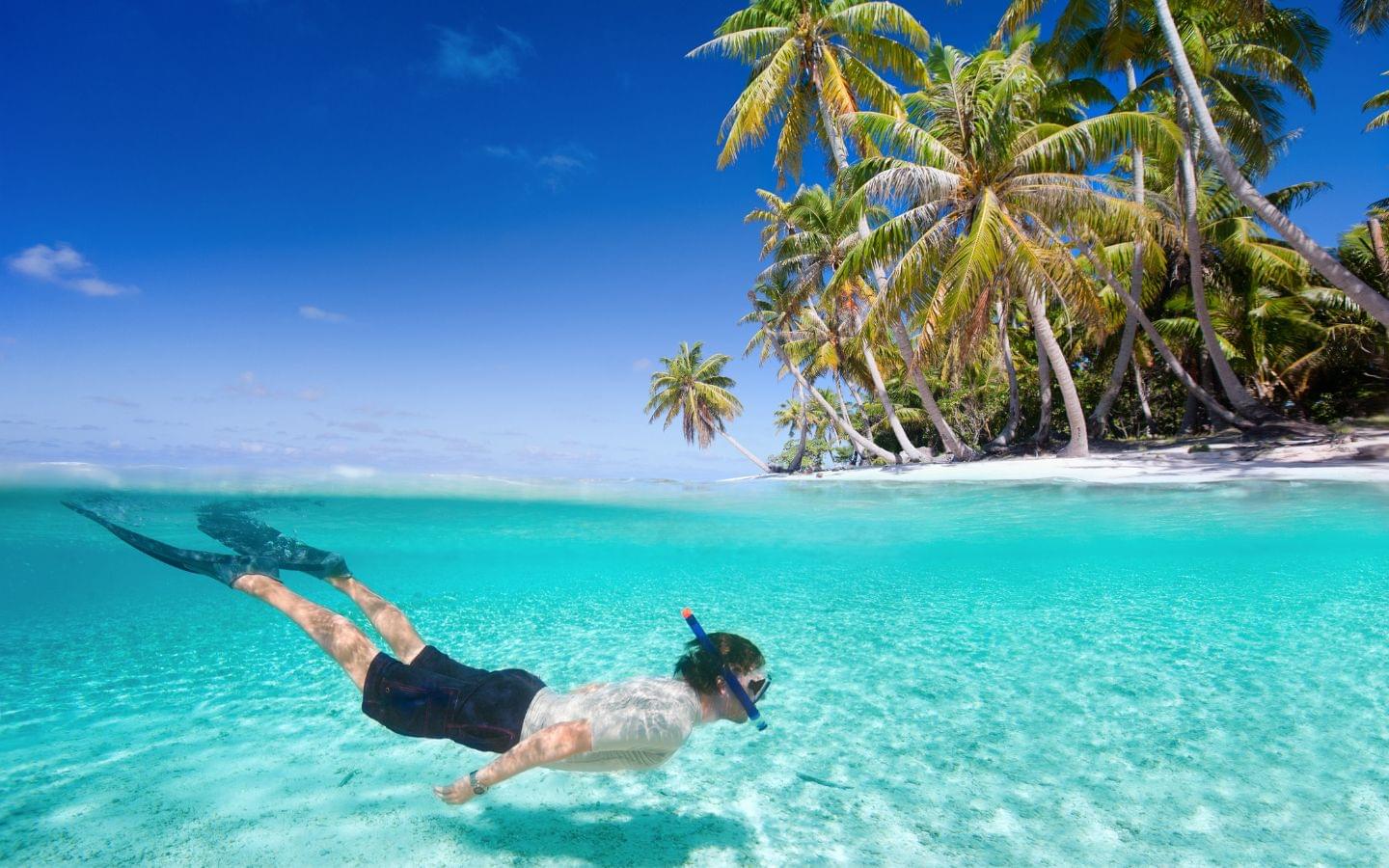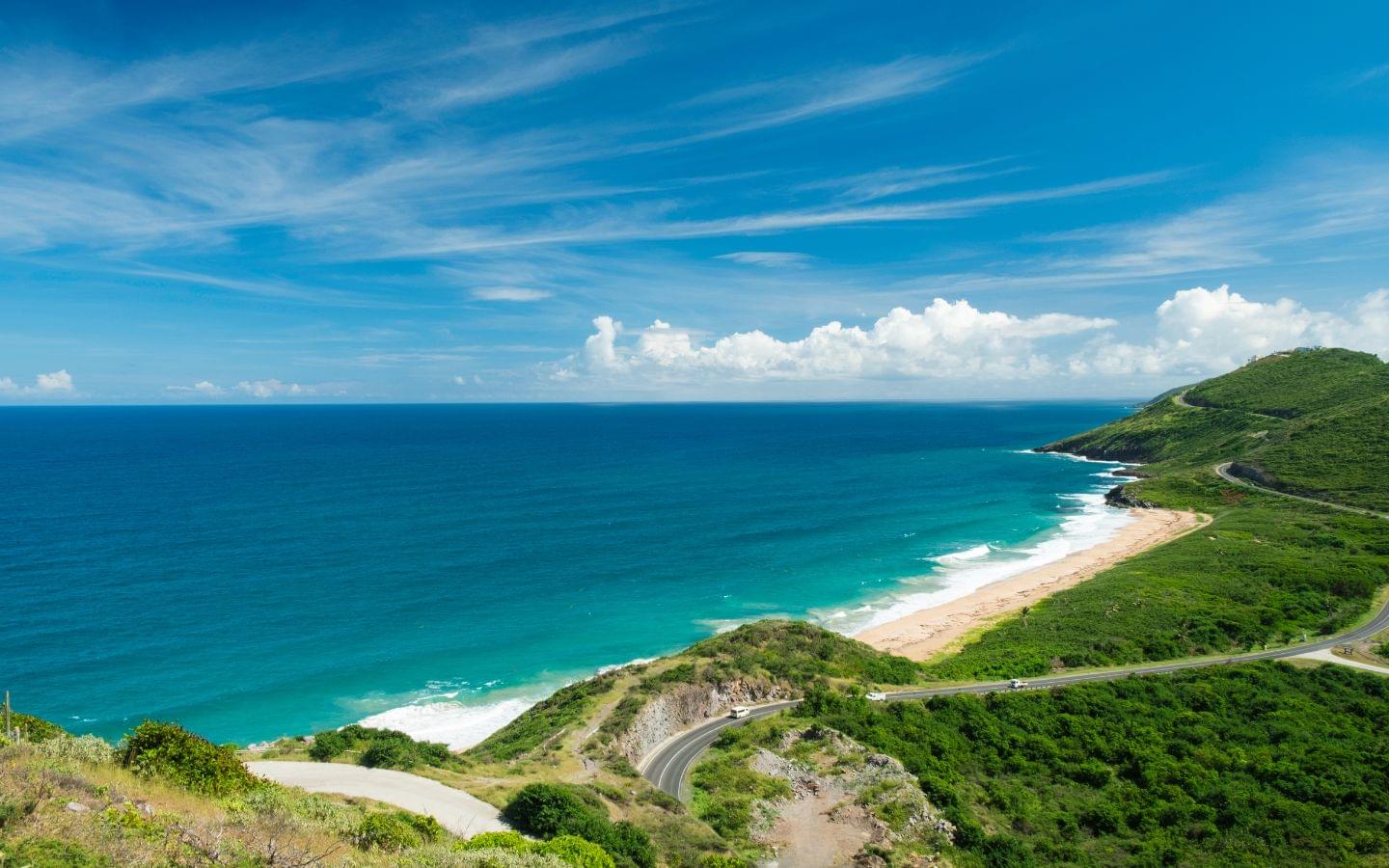Snorkeling vs. scuba diving: How are they different?
Snorkeling and scuba diving each offer a unique experience of the underwater world. Find out what separates these activities and decide which is right for you.
Both snorkeling and scuba diving are recreational activities that allow you to explore under the sea and view marine life, but several key differences distinguish the two watersports.
Snorkelers float at the water’s surface and breathe through a snorkel tube, which must remain above the waterline to facilitate air exchange. In contrast, scuba divers use breathing equipment, including an air tank and regulator, to descend to greater depths and breathe underwater.
The main differences between snorkeling and scuba diving include depth, equipment used, objective, duration, cost, potential dangers, and required skills, training, and planning.
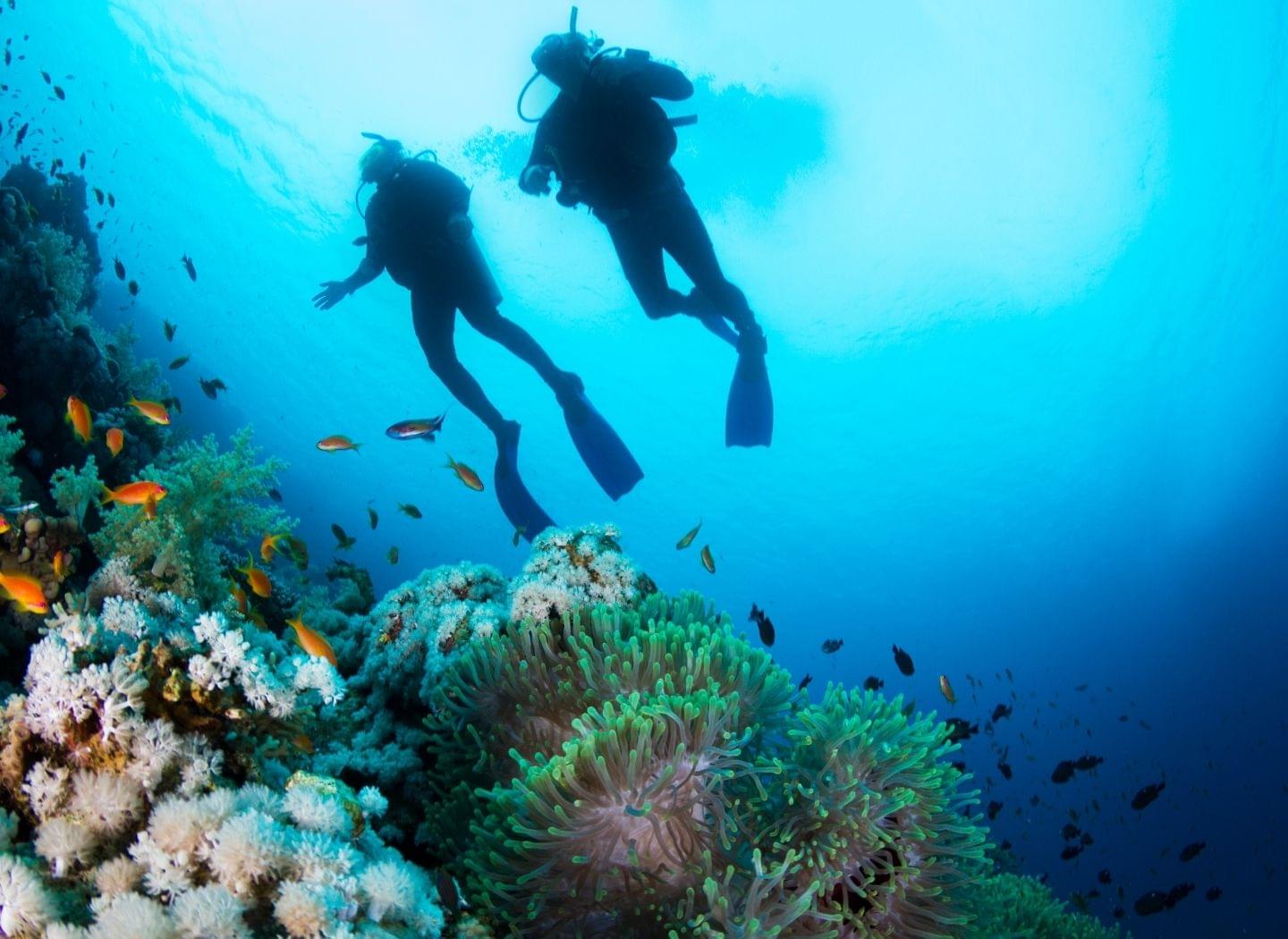
Differences between snorkeling and scuba diving
| Snorkeling | Scuba diving | |
|---|---|---|
| Depth | 20-40 feet | 60-130 feet |
| Equipment | Minimal | Lots of gear |
| Skills & planning | Little to none | Extensive |
| Objective | Recreational | Recreational and professional |
| Underwater time | Minutes at a time | Around 60 minutes at a time |
| Cost | Minimal | More expensive |
| Dangers | Relatively safe | Relatively safe but complex |
For in-depth comparisons of each point of difference, keep reading below!
Depth
Snorkeling is, for the most part, a surface activity. Some snorkelers, particularly freedivers and spearfishers, will hold their breath and dive beneath the surface of the water. Most people will not reach depths of more than around 20 feet when snorkeling, although more experienced snorkelers may descend to about 40 feet.
Scuba (an acronym for self-contained underwater breathing apparatus) equipment allows divers to explore deeper areas. Elite divers can descend to over 1000 feet with scuba gear.1 However, recreational divers don’t typically go deeper than about 130 feet, with beginners usually staying shallower than 60 feet.2
Equipment
Snorkeling requires significantly less equipment than scuba diving. All you need to go snorkeling is a mask and snorkel. In certain conditions, items like swim fins, a snorkel vest, rash guard, wetsuit, and snorkel booties may be necessary or recommended.
Diving, on the other hand, requires many additional pieces of equipment. Scuba diving gear typically consists of:
- Diving mask allowing you to see underwater
- Snorkel to breathe through when you’re at the surface. Divers should opt for a wet or semi-dry rather than a dry snorkel to reduce drag and unwanted buoyancy underwater.
- Fins to help propel you through the water
- Regulator and scuba tank with compressed air, allowing you to breathe underwater
- Scuba gloves and wetsuit or drysuit to protect your skin and keep you warm
- Buoyancy compensator device or buoyancy control device (BCD) to manage your buoyancy and control your depth
- Depth gauge showing the current depth and maximum depth reached during your dive
- Air gauge showing the amount of air remaining in your tank
- Compass to help you navigate underwater
- Dive computer to monitor information about your dive, including depth, duration, and how much time you can safely stay at a particular depth

Required skills, training, and planning
Snorkeling is a relatively accessible activity that most individuals can try with little to no training. Children as young as about five years old can safely go snorkeling with an adult.
While snorkeling requires minimal training, planning, and preparation, there are several steps you can take to ensure your snorkeling outing is safe and enjoyable. These include learning how to snorkel without swallowing water, knowing how to swim, practicing deep breathing techniques, learning to breath-hold dive, understanding the equipment, and wearing proper attire.
It’s also wise to check the weather conditions, water temperatures, tides, and currents ahead of time and ensure you’re using quality equipment.
In contrast, scuba diving involves extensive training and planning and strict adherence to safety procedures. As a result, there are more rigorous requirements for learning to dive compared to learning to snorkel.
According to the Professional Association of Diving Instructors (PADI), prospective scuba divers in most areas must meet the following requirements:
- Minimum age of 10 years old
- Basic water skills, including swimming 200 to 300 yards without stopping and treading water for 10 minutes
- Medical questionnaire and, in certain cases, approval from a physician
If you meet all of these requirements, you can take a training course to get your open water certification. This process can take anywhere from a few days to an entire year, depending on your training schedule, and typically includes the following:
- Knowledge development, including fundamental principles and concepts needed for safety
- Confined water dives with an instructor to learn basic skills in a safe environment
- Open water dives with an instructor to test your skills
Once you’ve obtained your open water certification, you’ll be able to go scuba diving without an instructor, rent gear at hotels, resorts, and dive shops, and plan your diving trips. Scuba diving requires careful planning, including:
- Choosing a dive site and objective with your partner or group
- Planning your time and depth using dive tables, a dive computer, or digital dive planner
- Developing a contingency plan in the event of any unforeseen circumstances or emergencies
- Conducting a pre-dive safety check and adhering to all safety procedures
Objective
Snorkeling is nearly always recreational in nature and can sometimes accompany other activities, such as spearfishing and freediving. Generally, people go snorkeling as a fun way to view sea creatures, coral reefs, and other marine life.
While scuba diving is often recreational, it can also have commercial, scientific, artistic, and military objectives. For example, some scuba divers specialize in underwater construction, including welding and civil engineering, while others have dedicated themselves to scientific expeditions and archaeological explorations.
There is also an underwater photography and filmmaking industry and numerous underwater military operations, including reconnaissance, ship repair, demolition, and search for missing persons.
Duration
A snorkeling outing can last anywhere from a few minutes to many hours, but the time a snorkeler spends underwater is constrained by the amount of time they can hold their breath. Studies suggest that most people can hold their breath for around 30 seconds to a couple of minutes, with the world record clocking in at 24 minutes and 3 seconds.3
Scuba diving allows you to stay underwater for longer periods, with most recreational dives lasting up to an hour. The exact length of time depends on various factors, including the amount of air in your tank, depth, nitrogen absorption, water temperature, and weather conditions. The biggest limitation is the air tank, which will run out faster at greater depths due to increased water pressure.

Cost
Snorkeling requires less equipment and expertise compared to scuba diving and is therefore cheaper. Whether you plan to purchase the equipment and go on your own or book a guided tour, snorkeling will end up costing you less.
Dangers associated with snorkeling
While snorkeling is safer than scuba diving, each activity comes with risks. However, with careful planning, proper training, and adherence to standard safety procedures, both snorkeling and scuba diving are relatively safe watersports.
Snorkeling is a very safe activity, but as with any sport, there are certain risks all snorkelers must be aware of.
Jellyfish stings, shark attacks, and other encounters with marine life
While aggressive animal encounters are rare while snorkeling and diving, it is a possibility. Respecting wildlife, avoiding getting too close or angering the animals, and avoiding areas known for shark attacks are all ways you can minimize your risk.
Drowning
With any watersport, there is always a risk of drowning. Strong current, large waves, and inability to swim can all increase this risk.
However, you can help protect yourself by avoiding going snorkeling in poor conditions, always snorkeling with a friend or group, knowing how to swim, and wearing a snorkel vest. It’s also important to head back to shore or to the boat as soon as you feel tired, since fatigue and cramping can increase your risk of drowning.
Sunburn and sunstroke
Since snorkeling involves spending long periods at the water’s surface, sunburn is a common problem. Fortunately, snorkelers can reduce their risk by avoiding snorkeling in the middle of the day when the sun is strongest and wearing adequate sun protection, including sunscreen, rashguards, and other garments with a UPF of at least 30.
Cuts, abrasions, rashes, or other irritation
Various objects in the water, including rocks, coral, or sea lice can cut or irritate your skin. To help prevent this, make sure to wear protective attire, such as a rash guard or wetsuit and snorkel booties or water shoes. For a full list of what you should wear snorkeling check out our in depth article here.
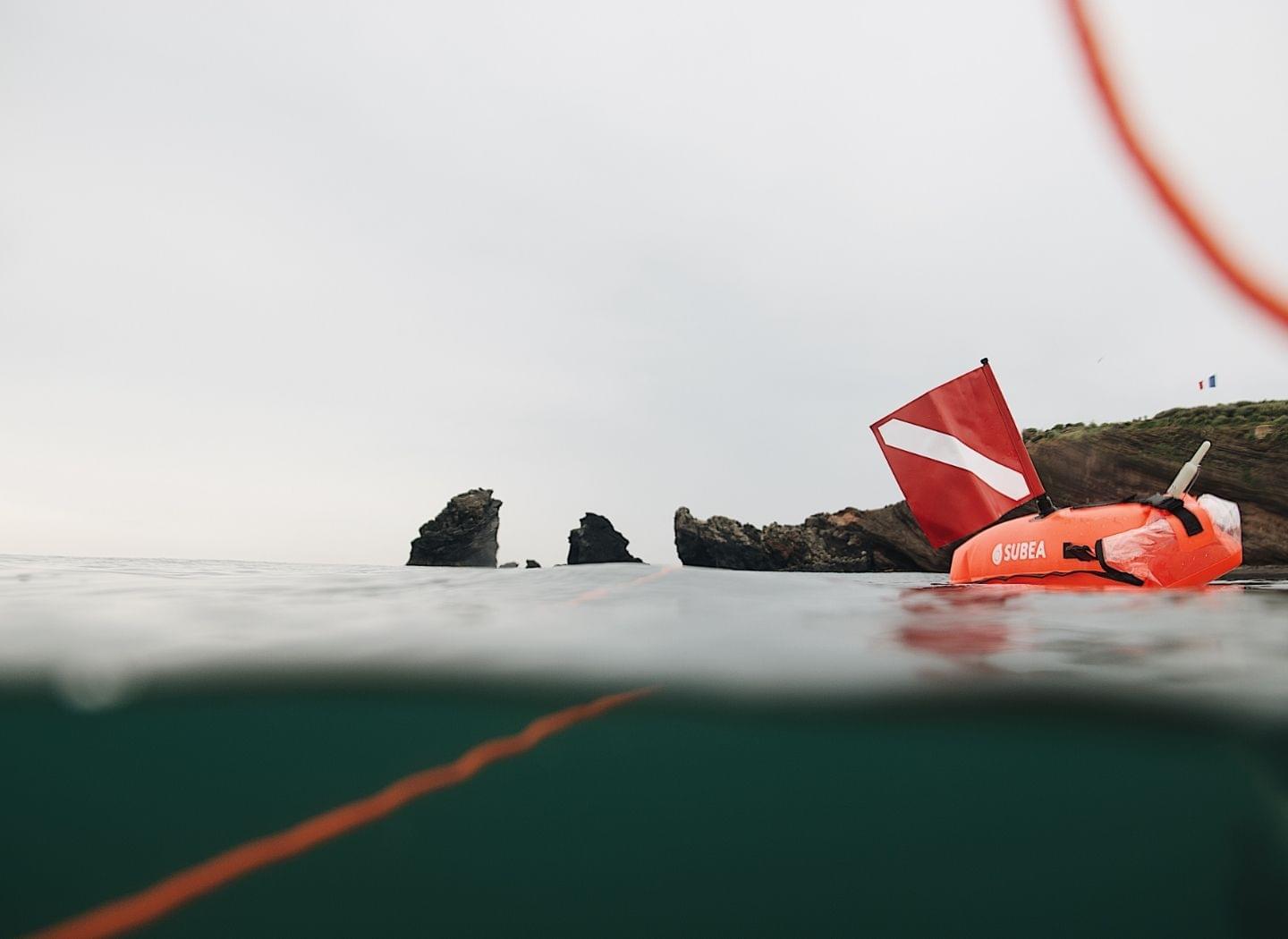
Passing boats and jet skis
In rare cases, motorized boats and jet skis can hit snorkelers in the water. To reduce your risk, increase your visibility by wearing a brightly colored snorkel vest and snorkeling in a group. You can also stick to a designated swimming area where boats aren’t allowed or stay close to shore. Also, a dive flag or diver down flag can alert passing boats that there are divers in the water nearby.
Buildup of carbon dioxide in the blood
The additional respiratory dead space in snorkels increases the carbon dioxide concentration in the air snorkelers inhale.4 Every time you exhale while snorkeling, some of the exhaled air remains in the snorkel tube and is inhaled again. This can cause carbon dioxide to build up in the blood and lead to feeling dizzy or disoriented, or even losing consciousness.
Some experts have expressed concerns that full-face snorkel masks may increase this risk.5 If you are using this type of snorkeling mask, make sure that it fits you correctly and purchase it from a reputable company with rigorous testing and quality control standards.
No matter what type of snorkel and mask you choose, remaining calm and practicing deep breathing techniques can help facilitate complete air exchange and protect you from carbon dioxide buildup.
Dangers associated with scuba diving
Like snorkelers, scuba divers face risks of drowning, cuts and scrapes, aggressive animals, jellyfish stings, and passing boats. Because scuba diving involves more specialized equipment and descending to greater depths compared to snorkeling, there are a variety of additional dangers that scuba divers must know how to deal with.
Despite these dangers, scuba diving mortality is relatively low, with 1.8 deaths per million recreational dives in the United States and Canada.6
Equipment malfunction
While snorkelers most often only have to worry about leaky masks or ill-fitting equipment, there are many possible equipment malfunctions in scuba diving that can pose serious hazards.
From a broken depth gauge to a problem with your regulator, you should learn how to deal with all different types of equipment failures while scuba diving to prevent health risks and drowning.
If you have your own diving equipment, regularly maintain it and check to ensure everything is functioning as it should be. If you rent any scuba gear, always check it thoroughly to make sure there aren’t any issues. If something seems off, speak up and ask for a new piece of equipment.
Decompression sickness
Also known as the bends, decompression sickness refers to various symptoms caused by a rapid increase in the surrounding water pressure and the release of nitrogen bubbles as the diver returns to the surface.
The risk of decompression sickness is directly related to the time spent at certain depths. Divers can limit their risk by resurfacing slowly, adhering to dive tables, and making any necessary decompression stops.6
Nitrogen narcosis
Nitrogen narcosis is a temporary and reversible alteration in consciousness that usually becomes noticeable at depths above 100 feet and therefore does not usually affect recreational divers. The effects are similar to alcohol intoxication and can impair a diver’s judgment and sensory perception.
The condition is rarely serious - as long as you are aware of the symptoms, you can quickly reverse nitrogen narcosis by ascending to shallower depths.
Oxygen toxicity
Oxygen toxicity occurs when divers breathe in oxygen at increased partial pressures for extended periods and can lead to seizures, nausea, unconsciousness, and death due to drowning.
Like nitrogen narcosis, the risk of oxygen toxicity increases with depth and does not often impact recreational divers. Divers can avoid oxygen toxicity by planning dives conservatively and adhering to training guidelines.
Conclusion
Scuba diving and snorkeling may appear relatively similar at first, but the two activities have many differences that make some people more attracted to one activity over the other.
Both snorkeling and scuba diving have a lot to offer and are exciting ways to discover aquatic environments. Which one you chose will depend on how much time you want to invest in training and preparation as well as your budget, accepted level of risk, and current health.
References
-
Janela, Mike. “Ahmed Gabr breaks record for deepest SCUBA dive at more than 1,000 feet.” Guinness World Records, 22 Sept. 2014, https://www.guinnessworldrecords.com/news/2014/9/ahmed-gabr-breaks-record-for-deepest-scuba-dive-at-more-than-1000-feet-60537. ↩
-
“Become a Certified Scuba Diver FAQs.” PADI, https://www.padi.com/help/scuba-certification-faq. ↩
-
Ault, Alicia. “Ask Smithsonian: What’s the Longest You Can Hold Your Breath?” Smithsonian Magazine, 25 Oct. 2016, https://www.smithsonianmag.com/smithsonian-institution/ask-smithsonian-whats-longest-you-can-hold-your-breath-180960905/. ↩
-
Toklu, A S et al. “Ventilatory and metabolic response to rebreathing the expired air in the snorkel.” International journal of sports medicine, vol. 24,3 (2003): 162-5, doi:10.1055/s-2003-39084. ↩
-
“Recent snorkel deaths prompts investigation into full-faced snorkel masks.” KTVU Fox 2, 30 Jan. 2018, https://www.ktvu.com/news/recent-snorkel-deaths-prompts-investigation-into-full-faced-snorkel-masks. ↩
-
Buzzacott, P; Schiller, D; Crain, J; Denoble, PJ. “Epidemiology of morbidity and mortality in US and Canadian recreational scuba diving”. Public Health vol. 155: 62–68. doi:10.1016/j.puhe.2017.11.011. ↩ ↩2
Last updated 29 June 2021
